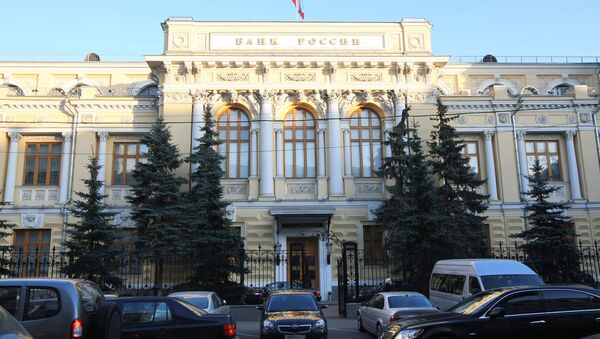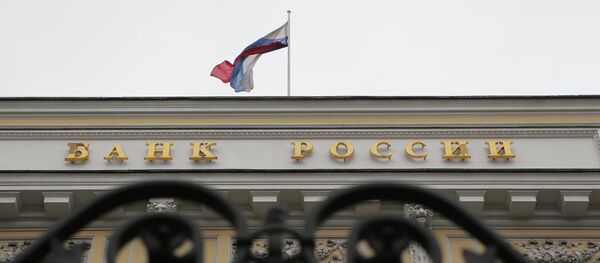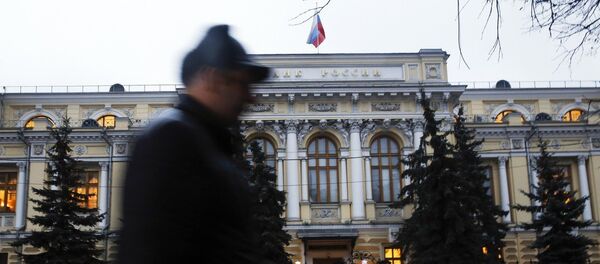The purchases have brought the country's total gold reserves to 1,208.23 metric tons, and continued the Russian central bank's nine-month trend of buying the precious metal in order to support the ruble and lessen dependence on the US dollar. The Financial Times reports that GFMS estimates that in the first 11 months of 2014, the bank bought 152 metric tons of gold and accounted for about one-third of gold purchases by central banks last year.
Azerbaijan, Belarus and Kazakhstan were among other emerging market countries to increase their gold reserves, according to the report, as did Malaysia and Iran. "This is a clear positive for the gold price," Matthew Turner, a financial analyst from Macquarie, an investment bank, told FT. "If central banks had not purchased that gold it would have been bought by private investors or jewelry consumers, and this would likely have required a lower gold price."
According to the London Bullion Market Association, at 10.39 am on January 30, the price of gold was $1,263.50 per troy ounce, having increased from $1,186.50 on December 30, 2014, and a low of $1,144.50 on November 6. However, according to the FT, GFMS's analysis precluded a further upswing in the trend for gold purchases, remarking that "it appears unlikely, given low international oil prices and growing deficits in many purchasing nations, that buying will accelerate," although it expects official sector purchases to continue.






